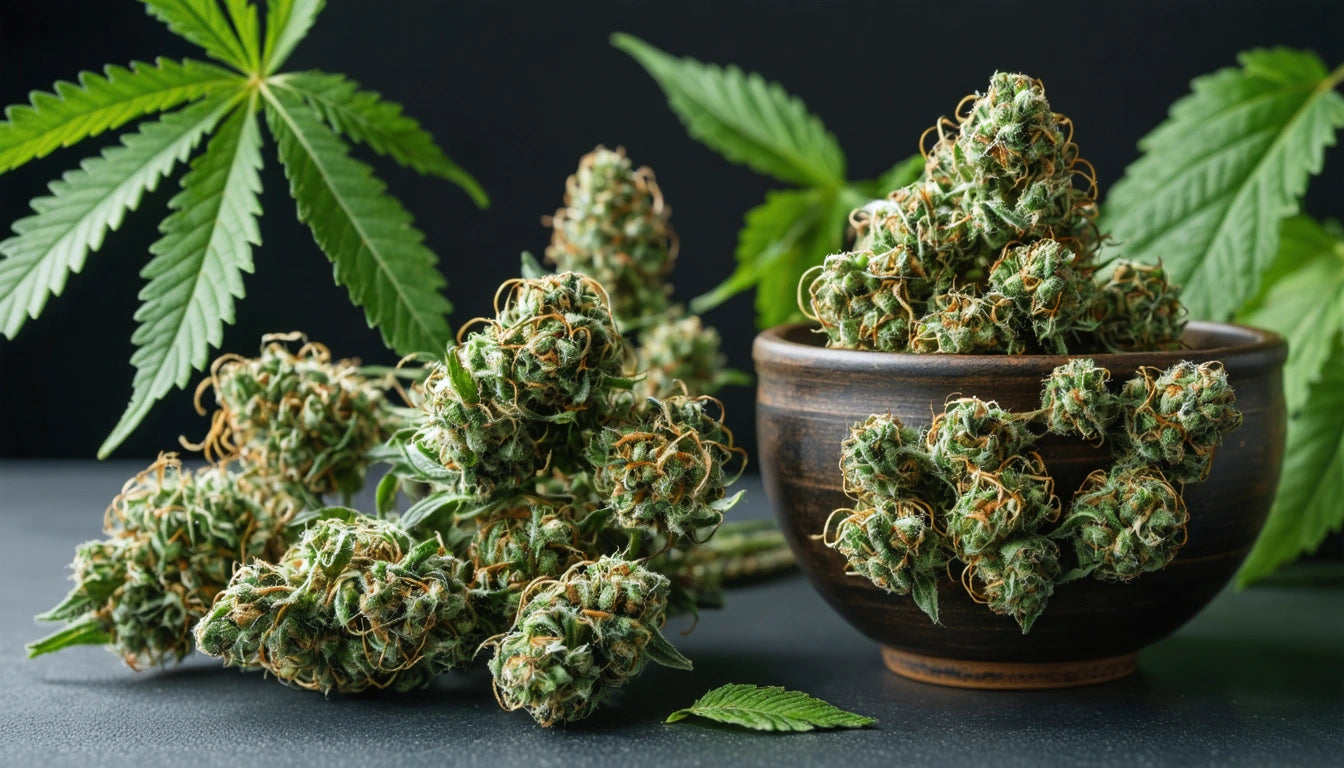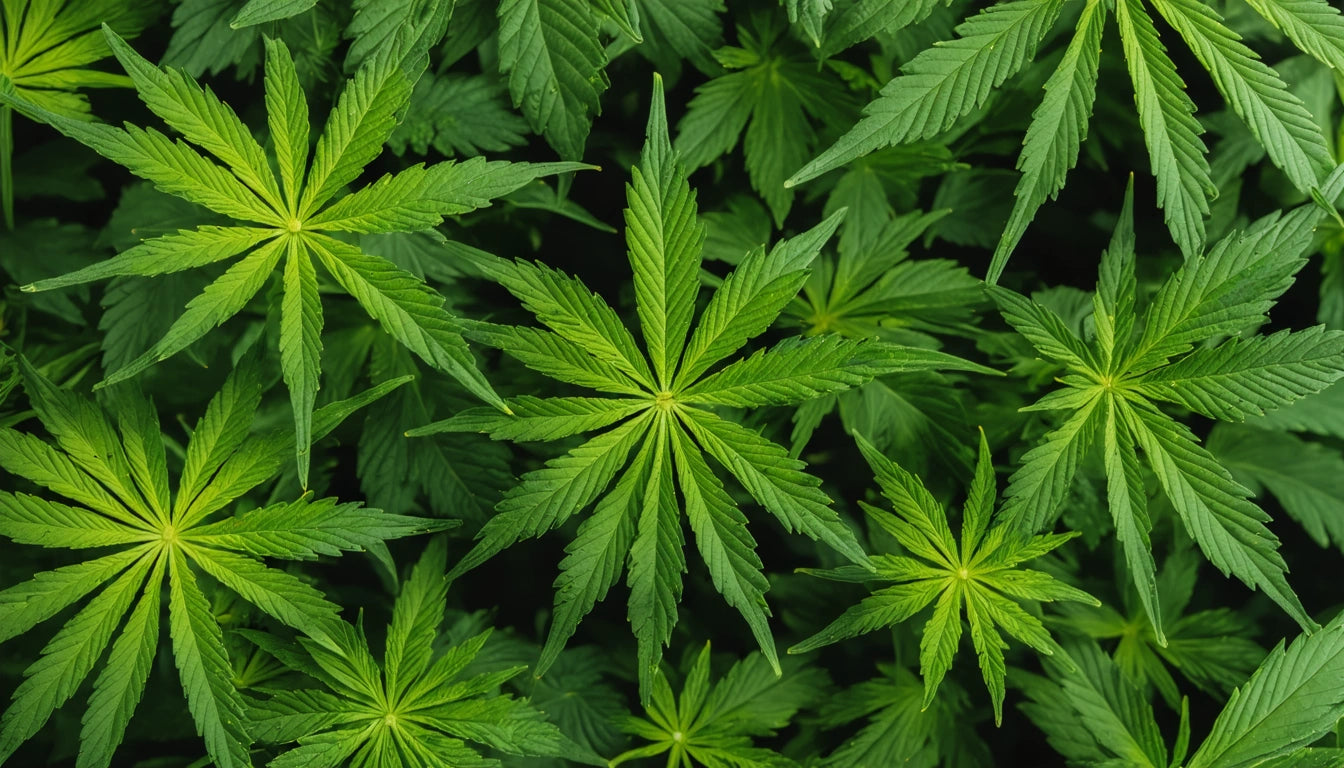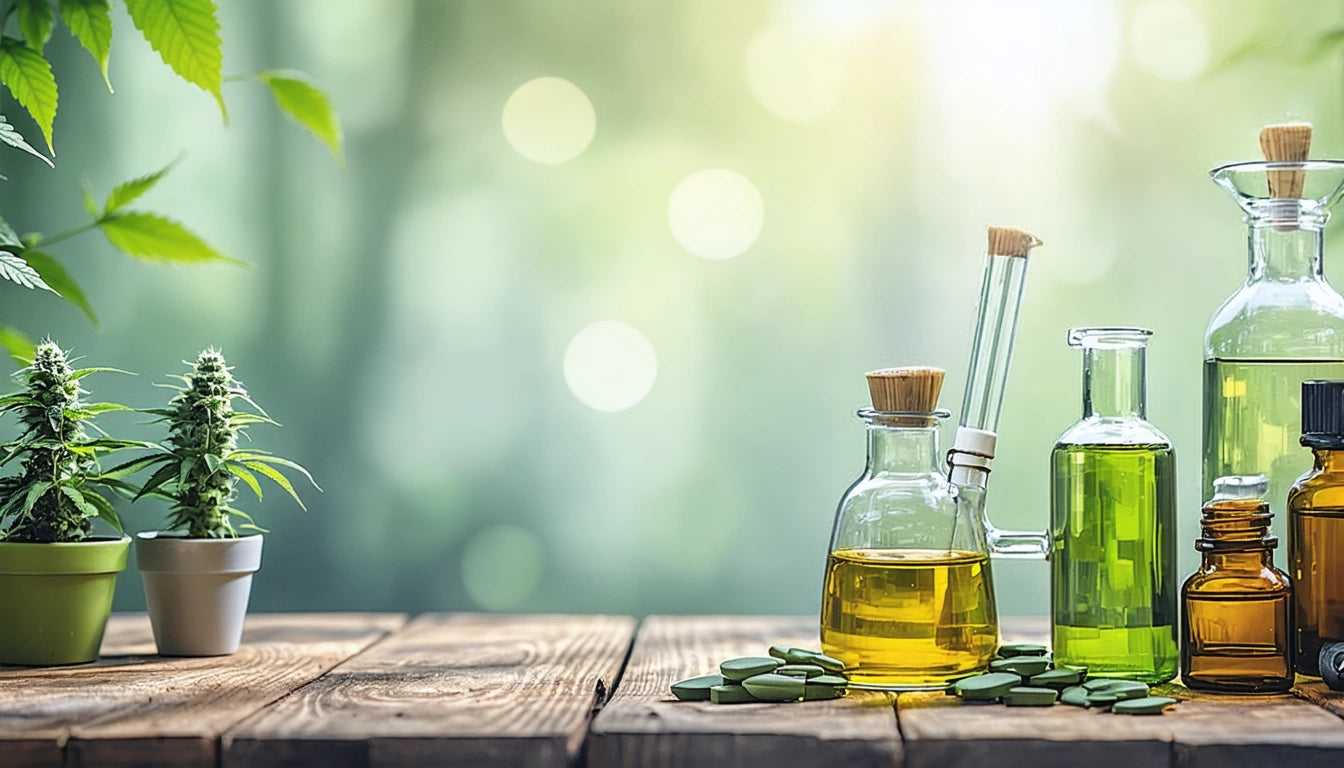Table of Contents
After months of careful cultivation, the final steps of drying and curing cannabis determine whether your harvest reaches its full potential or falls short of expectations. These post-harvest processes are often overlooked but are crucial for developing flavor, preserving cannabinoids, and ensuring a smooth, enjoyable experience. This guide explores proven techniques to maximize quality and potency through proper drying and curing.
Importance of Proper Drying and Curing
Proper drying and curing serve multiple critical functions in cannabis production:
- Preservation of terpenes, the aromatic compounds responsible for each strain's unique scent and flavor profile
- Enhancement of cannabinoid potency through continued development
- Prevention of mold and bacterial growth that can ruin entire harvests
- Improvement of smoke quality by breaking down chlorophyll and sugars
- Extension of shelf life for long-term storage
Rushed or improper post-harvest handling can undermine months of careful growing. While harvest timing marks the beginning of the end, the drying and curing phases are where cannabis truly becomes a refined product.
Drying Cannabis: Fundamentals and Best Practices
Initial Preparation
The drying process begins immediately after harvest. Start by trimming excess fan leaves, which contain little value and slow drying. Growers typically choose between two methods:
- Wet trimming: Removing all leaves before drying, which speeds up the process but may impact flavor
- Dry trimming: Hanging whole plants or branches to dry before trimming, which preserves more terpenes but takes longer
Each approach has merits depending on your climate conditions and available space. Dry trimming generally produces better results but requires more controlled environments.
Environmental Controls
The ideal drying environment maintains:
- Temperature: 60-70 °F (15-21 °C)
- Humidity: 45-55% relative humidity
- Air circulation: Gentle, consistent airflow without direct fans
- Darkness: Minimal light exposure to preserve cannabinoids
These parameters slow the drying process enough to preserve terpenes while preventing mold formation. Rushing this stage by increasing temperature or decreasing humidity results in harsh, less potent cannabis.
The Curing Process Explained
Curing is a controlled aging process that transforms dried cannabis into a refined product. During curing, aerobic bacteria break down remaining sugars and chlorophyll while cannabinoid profiles continue to develop.
Container Selection
Glass mason jars remain the gold standard for curing, offering an airtight environment that can be easily monitored. For larger operations, food-grade plastic containers or stainless steel vessels provide alternatives. Regardless of material, quality airtight lids and caps for storage containers are essential to maintain the proper humidity level while preventing odor leakage.
The Burping Process
Once placed in containers, cannabis requires regular "burping" to release moisture and exchange air:
- Week 1: Open containers daily for 5-10 minutes
- Weeks 2-3: Open every other day for 5 minutes
- Weeks 4+: Open once weekly for inspection
This gradual reduction in air exchange allows for controlled microbial activity while preventing moisture buildup. During each opening, inspect for any signs of mold or excessive moisture.
Equipment and Storage Solutions
Several tools can improve consistency and quality in the drying and curing process:
Essential Equipment
- Hygrometers: Small digital devices that monitor humidity inside curing containers
- Humidity packs: Two-way humidity control packets (62% or 58% RH) that maintain optimal moisture levels
- Environmental controllers: Systems that automate temperature and humidity in drying rooms
- Trimming tools: Sharp scissors, trim trays, and gloves for handling buds
The investment in proper equipment pays dividends in quality and consistency. As noted in preventing mold and mildew, environmental control is particularly crucial during post-harvest handling.
Long-term Storage Considerations
For extended storage beyond the initial curing period:
- Store in a cool, dark place at 60-65 °F (15-18 °C)
- Maintain 58-62% relative humidity
- Minimize exposure to oxygen, light, and temperature fluctuations
- Consider vacuum sealing for very long-term storage
When properly stored, well-cured cannabis can maintain quality for 1-2 years, with some degradation of THC to CBN occurring gradually over time.
Common Mistakes and Troubleshooting
Even experienced growers encounter challenges during the drying and curing process. Here are solutions to common issues:
Overdrying
Signs: Brittle buds that crumble when touched, harsh smoke, diminished aroma
Solutions:
- Add humidity packs to gradually reintroduce moisture
- Place a small piece of fresh fan leaf in the jar temporarily
- Avoid by monitoring humidity closely during drying
Mold Development
Signs: White or gray fuzzy growth, musty smell, unusual discoloration
Solutions:
- Immediately remove affected buds to prevent spread
- Increase air circulation and reduce humidity
- In severe cases, consider water curing to salvage usable material
The cultivation environment significantly impacts post-harvest handling. Growers using indoor vs. outdoor methods face different challenges during drying and curing.
Maximizing Long-Term Preservation and Potency
The ultimate goal of proper drying and curing extends beyond immediate consumption. These processes establish the foundation for how cannabis will evolve over time. Much like fine wine, properly cured cannabis can develop enhanced characteristics with age when stored correctly.
For commercial operations, consistency becomes paramount. Standardizing drying rooms, curing protocols, and quality testing creates repeatable results that build brand reputation. For personal growers, patience during these final stages rewards with superior flavor, smoother effects, and greater potency.
By understanding the science behind these processes and implementing proper techniques, cultivators can transform raw cannabis into a refined product that showcases the full expression of carefully cultivated plants. Whether growing for personal use or commercial production, mastering the art of drying and curing represents the final crucial step in the journey from seed to consumption.











Leave a comment
All comments are moderated before being published.
This site is protected by hCaptcha and the hCaptcha Privacy Policy and Terms of Service apply.